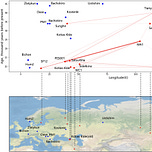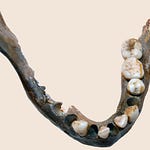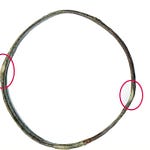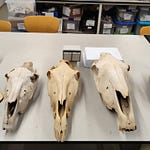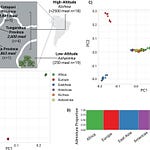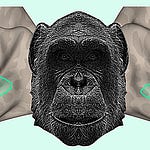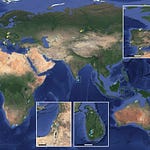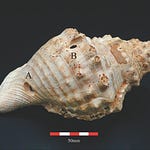When scientists trace the tangled threads of human ancestry, East Asia often appears as a mosaic stitched together by ancient migrations. Fossils and genomes alike tell of Homo sapiens meeting Denisovans, Neanderthals, and perhaps other archaic cousins, leaving molecular traces across our DNA. But a newly sequenced ancient genome from East Asia complicates that familiar picture.
According to a study published in Current Biology1 by Jia Yang, Laura Iasi, and colleagues, an early East Asian individual carries unexpectedly low Denisovan ancestry—far lower than modern populations in the same region. The finding hints at a forgotten lineage, a group of early humans who, despite living within the sphere of Denisovan contact, somehow skirted the genomic legacy that most others inherited.
The discovery does more than redraw a branch on the family tree. It challenges what scientists thought they knew about population structure in Ice Age Asia, how gene flow actually moved across space, and how local populations interacted—or didn’t—with the archaic humans that once walked among them.
“We have been assuming that Denisovan ancestry spread relatively uniformly across early Homo sapiens in East Asia,” says Dr. Hyejin Park, a population geneticist at Seoul National University. “But this genome shows that even within the same region, there were highly differentiated groups, genetically insulated from what was happening only hundreds of kilometers away.”
Listen to this episode with a 7-day free trial
Subscribe to Anthropology.net to listen to this post and get 7 days of free access to the full post archives.

